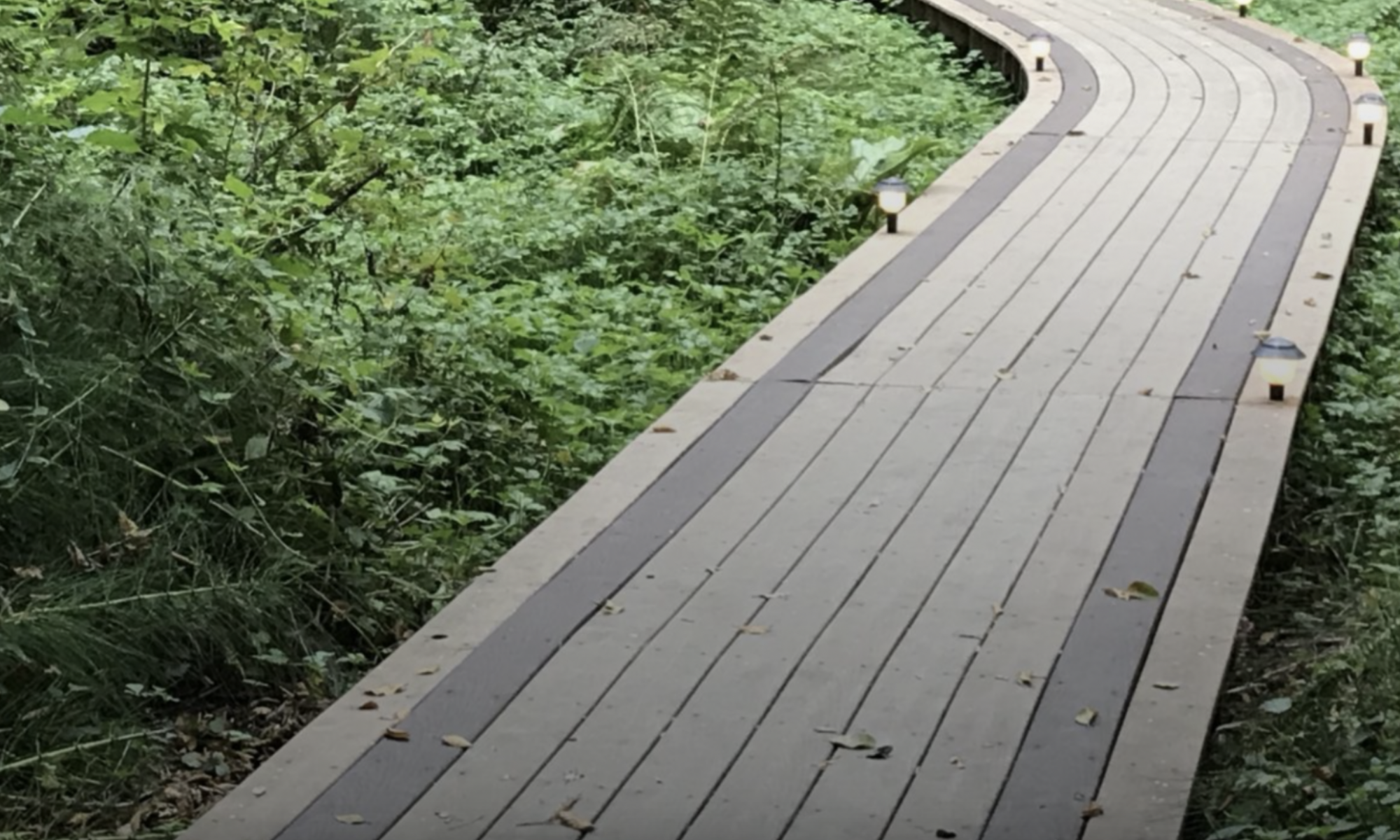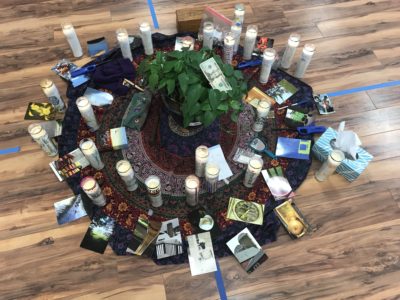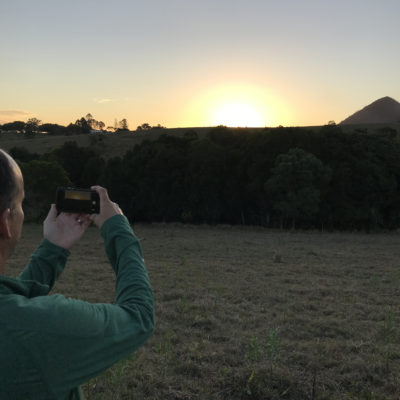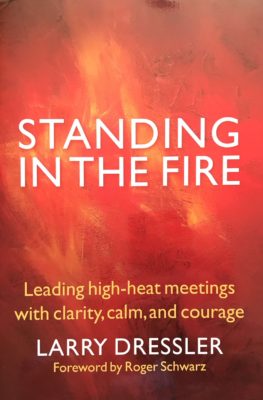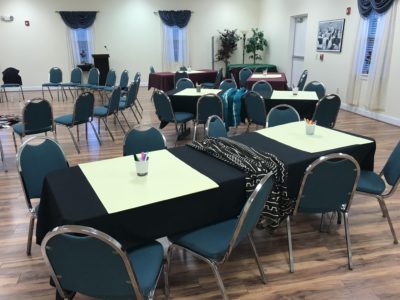
Six of us sat around a conference room table. It wasn’t one of those huge tables, thankfully. I’m all for ample space to spread out. However, I’m more for close enough proximity to be in each others’ orbits. So that we can lean in and learn in.
Learning is what we were doing. The six of us. Four who would be continuing to host and co-lead two more days of retreat. Two more days after my colleague, Quanita Roberson, and I left. We’d just hosted them through three days.
There was planning among us. There was clarifying. This was a kind of handoff. And it was deliberate that Quanita and I had set up much connectional experience for staff group of 25 in the three days we had with them. Thankfully, just like it is with table size, I’m all for good planning and strategizing. I’m more for the close enough connection, the genuine shared orbiting, that leads to qualitatively and quantitatively better plans and strategies.
“We’ll do a SWOT analysis,” one said. It’s a common reference for a business planning and strategizing tool that goes back to the 1970s. Widely used. Enough to almost not be updated to a next layer of nuancing. “Strengths. Weaknesses. Opportunities. Threats.” I know there is more to the model. There always is. I know there is more to the acronym. There always. is.
I bristled a bit at the first reference. It’s the “threats” part that scrapes something inside of me. But, I just let it go. It’s only a word. However, when it was spoken a second time and another person at our small table asked for clarity, and subsequently, showed some itchiness with “threat,” it got all of us to thinking about some alternative framing that might make more sense for our group. The framing is needed to guide the conversations and the learning. That’s great. SWOT just connotes a little too much military, and frankly, too much unchecked masculine.
So, Quanita and I each took a turn at playing SWOT into something a bit more appropriate and energizing for this group. What we came up with, in the end spoken by Quanita, was SCOPE.
Strengths — This matches the “S” from SWOT. It’s important to pay attention to the gifts that we already have. To work with some clarity about strengths already present. Notice again, it’s less about winning, which was some of the prevailing disposition in the 70s. Culture on the whole, I’d like to think has evolved to a more generalized awareness of essential collaboration. That’s what complexity and complex times require of us. The bridging statement is that collaboration always wins. And, some attention to gifts is a foundational appreciative approach, inviting just a bit more discipline to what is working and what is possible.
Challenges — I know, it’s not that different than weaknesses. And, I know, there is maturity in being able to speak without fear the weakness we have individually and collectively. Great. However, challenges just have a bit of a different tone. All have challenges. It’s not that we have them that matters. It’s how we lean into them, how we learn our way into those challenges that matters. Sounds rather Gandolf-like, doesn’t it. “’I wish it need not have happened in my time,’ said Frodo. ‘So do I,’ said Gandalf, ‘and so do all who live to see such times. But that is not for them to decide. All we have to decide is what to do with the time that is given us.’”
Opportunities — This also matches up with the “O” in SWOT. I would suggest that an improved healthiness in this orientation is less about opportunities to exploit — eek, yes, this was, albeit unintentional at one time, part of the model. It’s an ugly side to business planning, nested within some rather unchallenged assumptions of entitlement. But, hey, back to paying attention to what is arising. Opportunities are important. They are a call to imagination. They are a call to creative thinking. They are a call to wondering together. More of that, yes. Less exploitation.
Pitfalls — This is the key shift from SWOT. Threat is too loaded. It activates lizard brain, the one that protects with fight or flight. In contemporary learning about brain science and trauma, I’m aware that lizard brain, and threats, are what shut us down. They take our brains offline, reduced down to the impulse power of survival only. Pitfalls is a bit different. Pitfals are again a part of the human experience, individually and collectively. It’s a different orientation, isn’t it, to ask about pitfalls rather than threats. The first leads to, “yah, let’s figure this out.” The latter leads more to “on guard, strike.”
Evolutionary Action — This is the new one, offered initially by Quanita as “social responsibility.” There’s juice in this isn’t there. Attention to social responsibility shifts us from the era that, well, frankly, was oriented to, “if you can do it, then do it.” Without regard for the broader or long term picture. Think environmental pollution. Think unchecked financial policy. Think addictive programming. Evolutionary action calls us all to the next layers of context, the broader contexts in which we live that are oriented to shared accountability as human beings, and as systems of people. It is not “win at all cost.” It is “what is right-relationed.”
So, here’s to an itchiness. From one person round a small conference table. Who dared to ask a clarifying question. That lead to some creative thinking. That lead to some evolved orientation. Words, words, words. Of course they are just words. And acronyms. But words shape what we are able to see and what we orient our energy and our planning and our strategies toward.
Less SWOT. More SCOPE.
